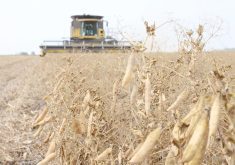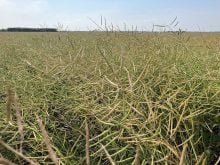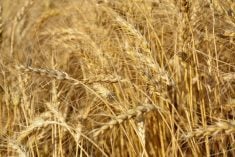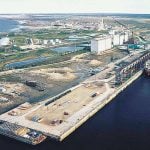Born in 1856, Pat Burns was an Ontario farm boy with minimal schooling who was to become one of Alberta’s founders.
Along the way, he also became Canada’s biggest meat packer and its biggest ranch operator.
In 1878 he walked 250 kilometres from Winnipeg to a homestead he had selected near Minnedosa, Man. Within a few years he was running a freight business that shipped goods from Winnipeg and started trailing neighbours’ cattle to the Winnipeg market.
With the coming of the railroad, Winnipeg had grown into an economic hub for the West.
Read Also
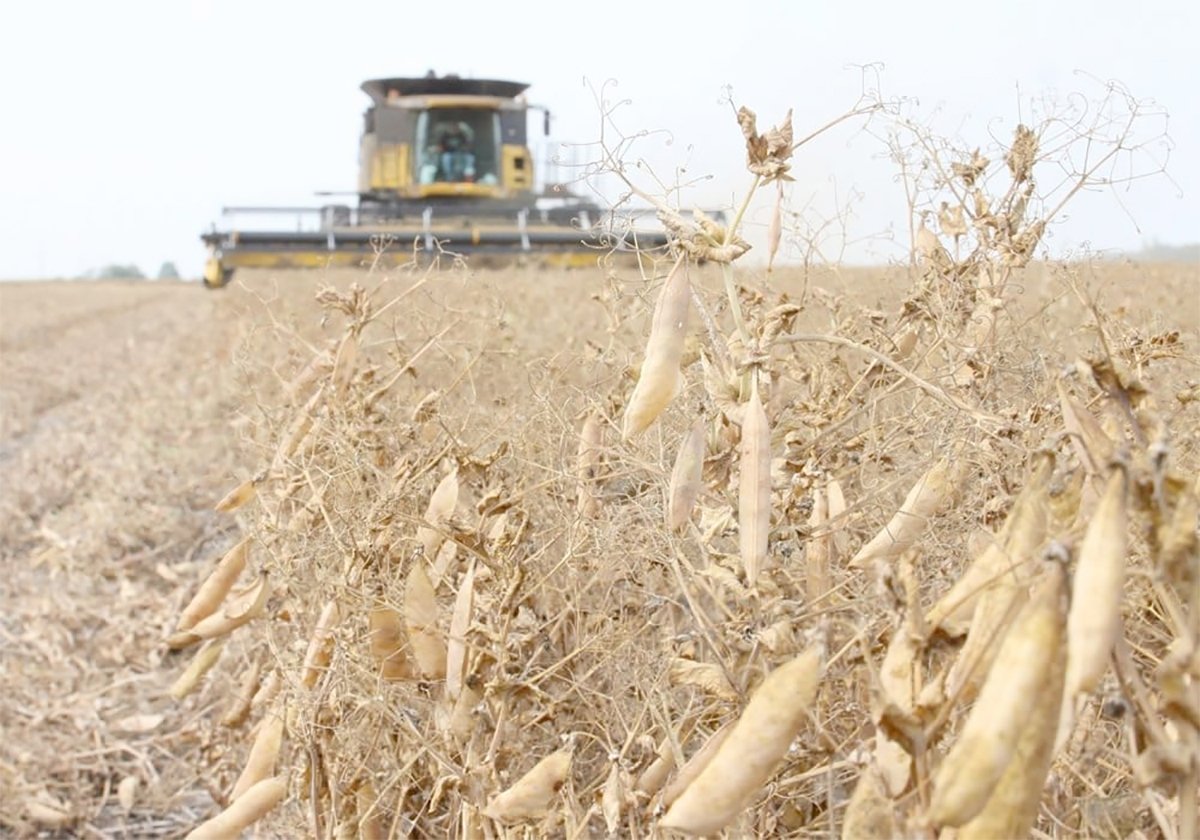
Chinese, Indian tariffs take toll on pea prices
The disruption of pea exports from Canada’s largest customers will likely result in slow pea exports for the remainder of the crop year.
By 1885 Burns was a full time cattle buyer and a year later he obtained his first contract to supply beef to a railway construction gang. His business grew with the railway boom and he expanded into ranching, packing and the retail meat trade.
In 1890 he settled in Calgary and built an abattoir, supplying beef from his own ranches. He expanded into British Columbia in 1895. He bought out his B.C. partner in 1901 and built a large plant and abattoir in Vancouver.
From the early 1900s to 1914 he was the principal meat supplier for workers during construction of the Grand Trunk Pacific Railway. The early beef business involved trailing cattle to the workers to supply them with fresh meat as far away as Dawson Creek, B.C. It was soon realized that building abattoirs was
a better business move because bad weather and rough trails often caused animals to die en route.
At that time slaughter cattle were four to five years old and weighed more than 1,700 pounds.
By the early 1920s Burns had started a creamery that provided milk service throughout Alberta. In 1926 he bought Scott Fruit and National Fruit, which he merged into Consolidated Fruit National.
The company sold produce from the Okanagan Valley, where his wife, Eileen Ellis, was born.
Many of Burns’s ranches were sold in 1917 to finance his other businesses, but he later acquired others because he preferred raising livestock to running a slaughter business.
He was among the first to keep cattle on the ranch for fattening and to put up hay for winter. He also invested in mining interests, such as the Northern Syndicate Ltd., although the investments did not have great results.
In 1928 Burns sold his packing business for $15 million to Dominion Securities Corp. of Toronto. The new company was named Burns and Company and Burns was chair of the board of directors.
The sale included 95 retail meat outlets, wholesale fruit houses and more than 40 dairy plants.
He kept his ranches, including Bow Valley, C.K., Ricardo, Circle, Waldron, Bradfield, Lineham, Glengarry Bar U, Flying E, 76, Two Dot and Rio Alto, which totalled more than 300,000 acres of deeded and leased land and 25,000 head of cattle.
Burns became a senator in 1931, representing the senatorial division of Calgary. An independent, he resigned in 1936 and died in Calgary in February 1937.



